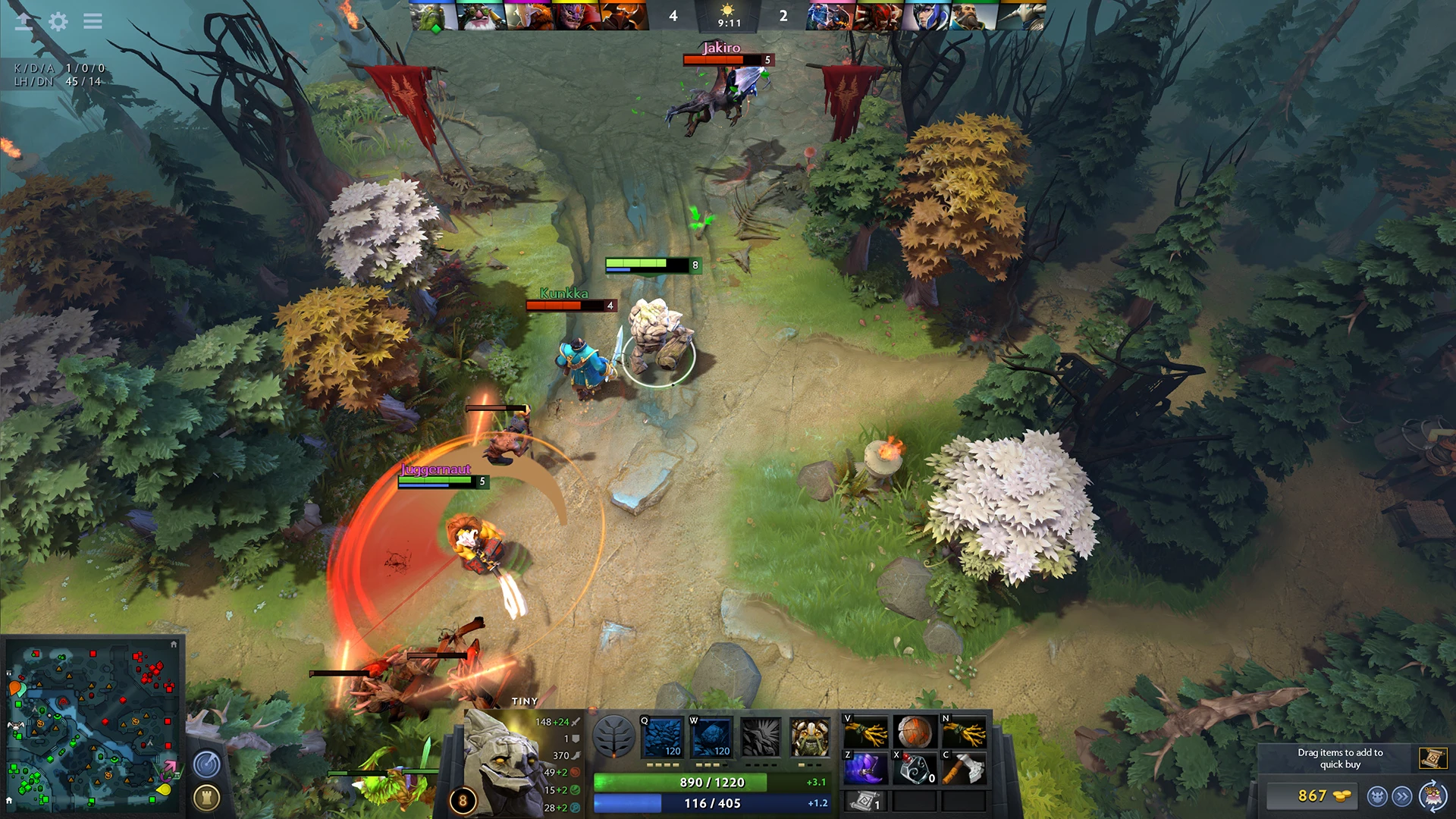
Dota 2 Ranks Explained: How MMR and Ranking Tiers Work
Dota 2 Ranks Guide | SteelSeries

Learn how Dota 2 ranks work, MMR calculation, reset timings, and tips to climb the ladder from Herald to Immortal.
In Dota 2, your rank is more than just a shiny medal. It’s a snapshot of your skill, experience, and how you stack up against millions of players worldwide. Whether you’re grinding out of Guardian, sitting comfortably in Legend, or chasing the elusive Immortal leaderboard, understanding how MMR works is the first step to climbing.
We’re breaking down every Dota 2 rank, how MMR is calculated, when ranks reset, and the strategies top players use to move up the ladder. Let’s dive in so you can spend less time guessing the system and more time winning games.
All Dota 2 Ranks at a Glance
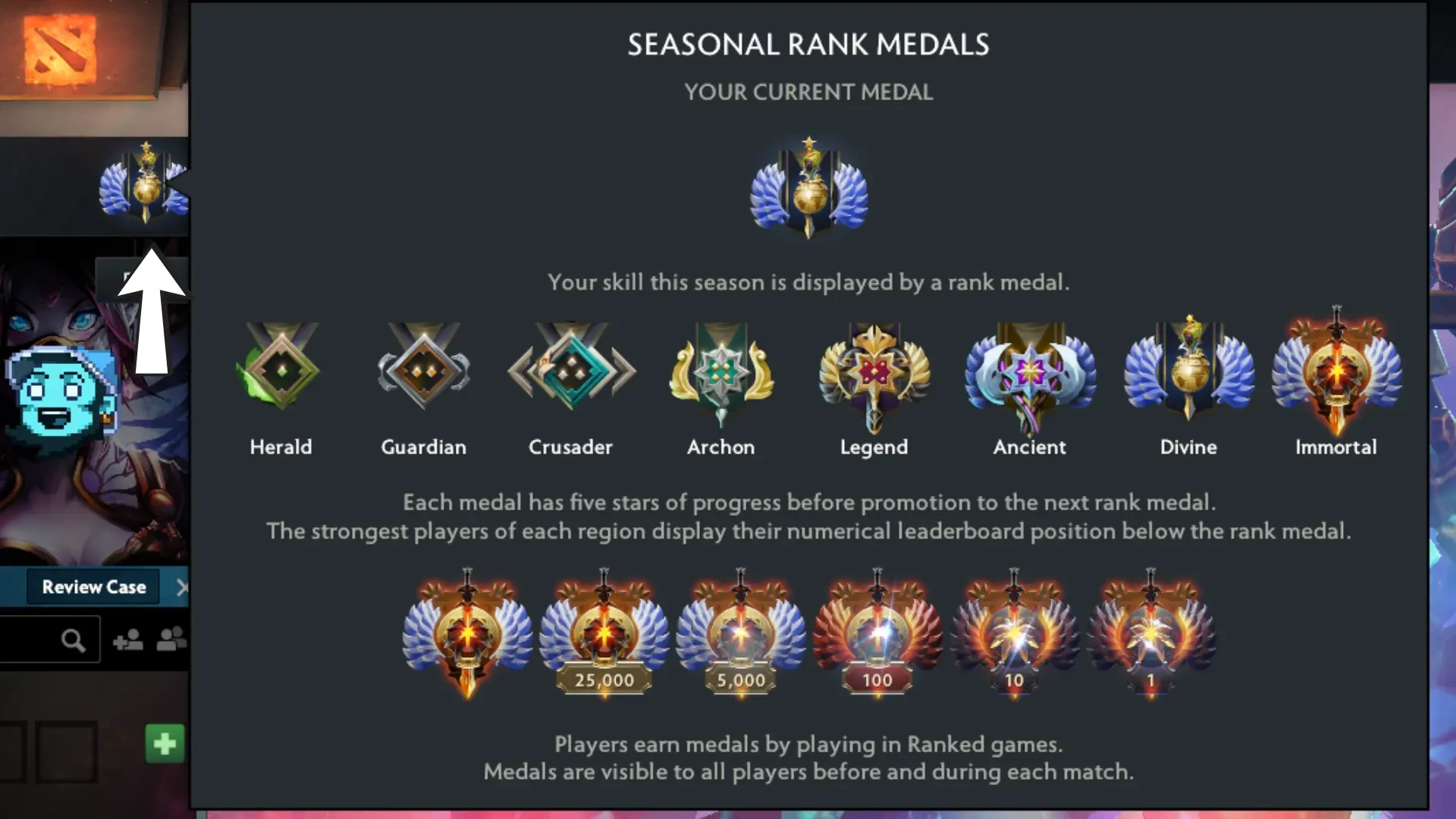
If you’re just here to figure out where you stand in the Dota 2 food chain (and what’s above you), here’s the full ranking breakdown. Each rank has five divisions, except for Immortal, which is leaderboard-based.
Rank | Division(s) | MMR (Core/Support) |
|---|---|---|
Herald | I – V | ~0 – 770 |
Guardian | I – V | ~770 – 1540 |
Crusader | I – V | ~1540 – 2310 |
Archon | I – V | ~2310 – 3080 |
Legend | I – V | ~3080 – 3850 |
Ancient | I – V | ~3850 – 4620 |
Divine | I – V | ~4620 – 5420 |
Immortal | Leaderboard | 5420+ (varies by region) |
Quick Notes:
Your rank medal shows the highest role MMR you’ve achieved.
Immortal players are ranked on a regional leaderboard, so the “cutoff” can vary between regions like Europe, SEA, and North America.
Tip: If you’re climbing through the middle tiers (Crusader to Ancient), consistency matters more than huge win streaks — avoid long losing streaks that tank your MMR.
How the Dota 2 Ranking System Works
Dota 2 uses Matchmaking Rating (MMR) to match you with players of similar skill. Your MMR is a hidden number that determines your visible rank medal. Win a ranked game, and your MMR goes up; lose, and it goes down (by 30 points when solo-queuing). Pretty simple on the surface, but there are some important details that explain why your rank might not always move as expected.
Calibration Matches
New accounts (or accounts after a rank reset) play 10 calibration games.
You also need to have at least 100 hours played in Dota 2 before you can queue in Ranked Matches.
These matches have a bigger impact on your initial placement, so early wins matter more than in regular ranked play.
Rank Confidence
Valve’s system uses a confidence score to determine how certain it is that your MMR reflects your true skill.
The more you play, the higher your confidence score, meaning your rank is less likely to swing wildly from game to game.
Matchmaking Formula
Dota 2’s matchmaking uses a modified Glicko-2 rating system (think of it as an evolved version of chess’s Elo rating).
It takes into account win/loss, the confidence rating, and sometimes party size adjustments to keep games balanced.
Pro Tip: Playing your best role (Core or Support) consistently not only improves your win rate but also boosts your confidence score, making your MMR gains more stable over time.
How to Increase Your MMR (and Rank Up)
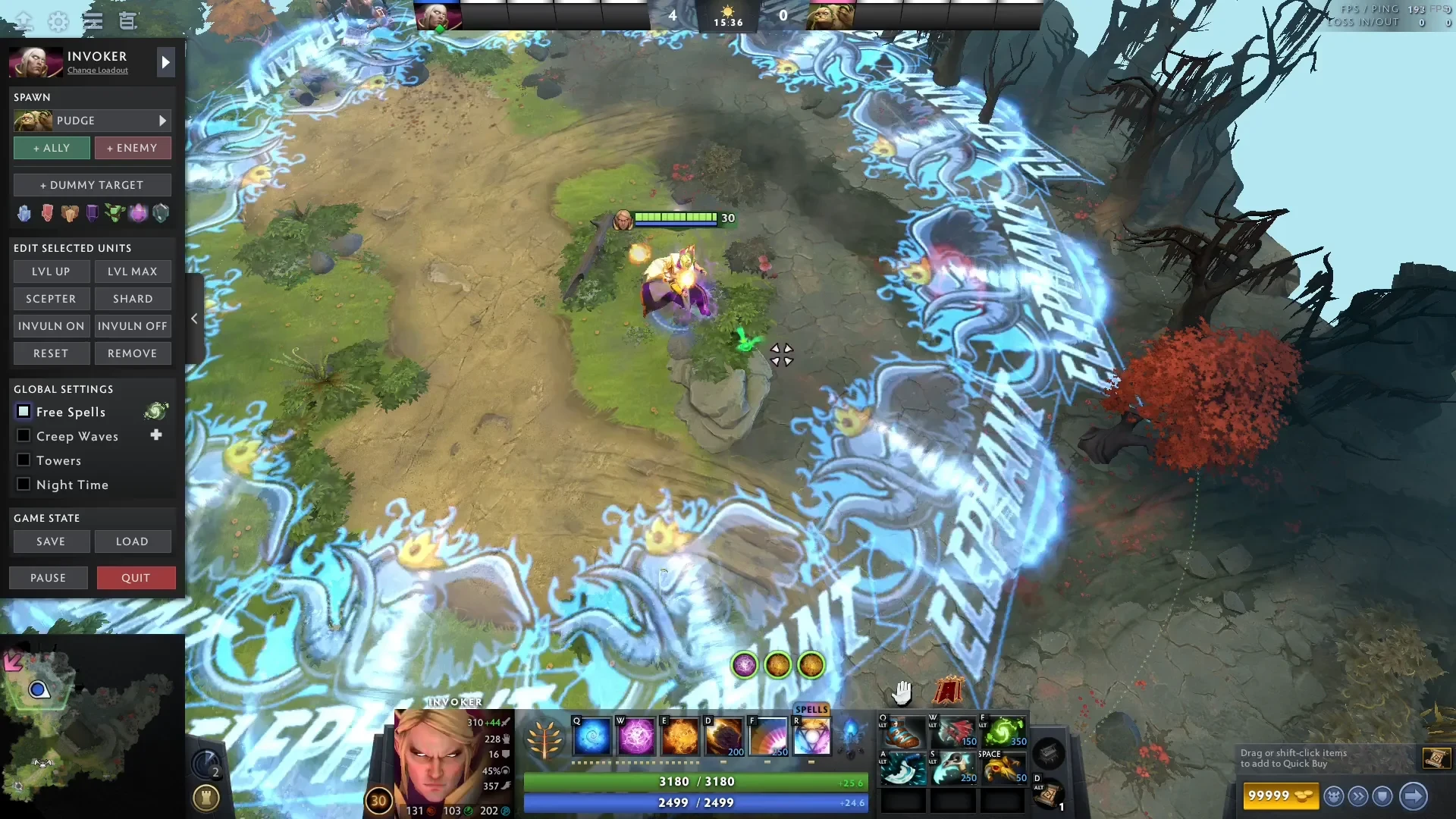
MMR climbs when you win, drops when you lose, but that doesn’t mean it’s all down to luck. Here are some proven ways to tilt the odds in your favor.
1. Master a Small Hero Pool
Instead of trying every hero in the roster, focus on 3-5 heroes you can play at a high level.
This reduces mistakes, improves your muscle memory, and makes your role in fights second nature.
Try going for less complex heroes and stick to getting familiar with the same role rather than spreading out.
2. Play Your Strongest Role
Pick the one you’re most confident in if your goal is climbing.
Specialization beats “I can play anything” when it comes to ranked consistency.
3. Prioritize Map Awareness
Place wards, defend, and check the minimap constantly. As a support, it is your job to ward, but it is super helpful to ward around the runes mid if you are the midlaner. So don't be afraid to lend a hand, even if you're core.
Vision wins games; knowing when an enemy is missing or smoked can be the difference between a team wipe and a free Roshan.
4. Communicate (Productively)
Use voice chat or pings to share important info — not to flame.
Short, actionable comms like “smoke top” or “wait for BKB” help more than any rant.
Clear, reliable audio makes those clutch calls land exactly when your team needs them.
Pro Tip for Comms: A quality gaming headset like the SteelSeries Arctis Nova Pro delivers crystal-clear voice chat and spatial audio, so you never miss a call to gank or a warning about an incoming smoke.
5. Track Your Own Stats
Use tools like OpenDota or Dotabuff to identify weaknesses — maybe your lane efficiency is low, or you die too often before fights.
Adjust your gameplay based on the data.
6. Avoid Tilt Queues
If you just lost two matches in a row, take a break.
Queueing while tilted leads to bad decisions, risky plays, and free MMR for your opponents.
Pro Tip: Aim for steady improvement, not just rank chasing. If you play better over time, the MMR will follow.
When Do Dota 2 Ranks Reset?
Dota 2’s ranked system doesn’t run on a strict annual schedule. Valve used to reset ranks with some regularity (in a sort of "seasonal" mechanic), however, they haven't made any such announcements in a while.
Instead, players can reset their MMR and recalibrate on their own.
How to Reset (Recalibrate) My MMR in Dota
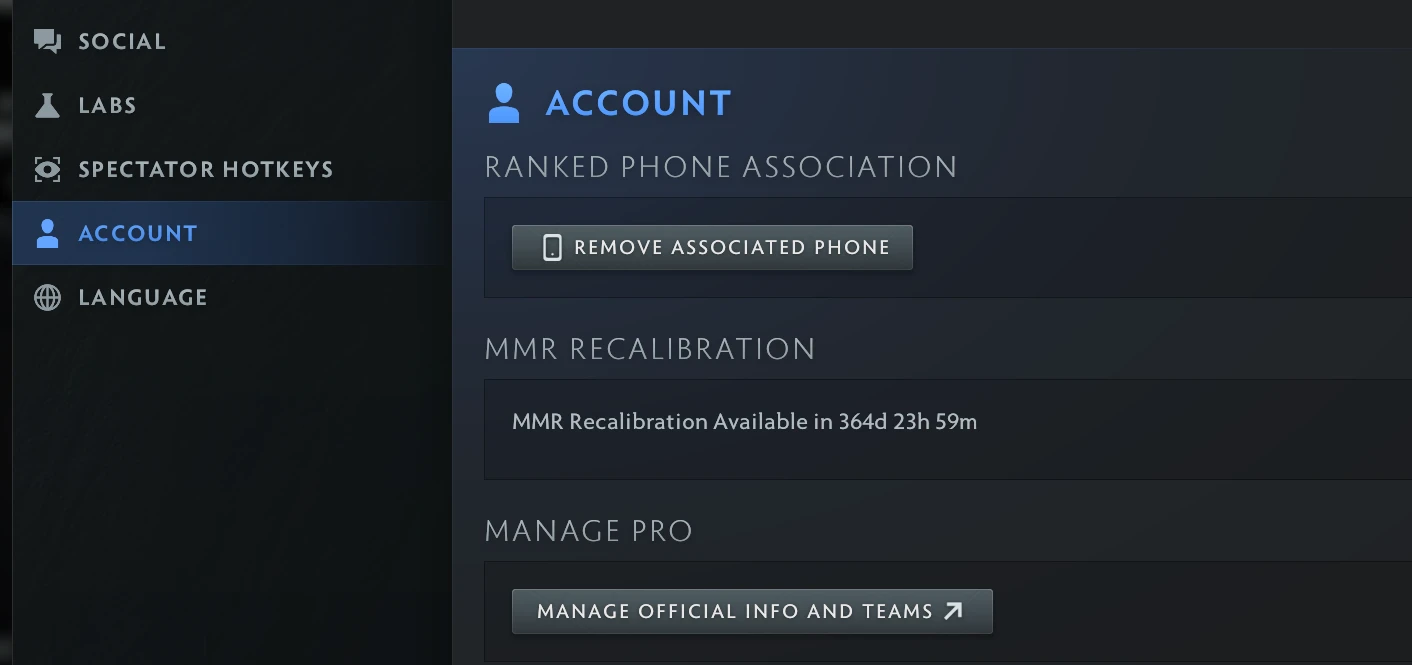
To recalibrate your MMR in Dota 2, log into the game and open the options menu (cogwheel in the upper left corner). Scroll down to Account, and then click MMR recalibration.
You can only do it once a year, so clicking on it will start that cooldown (and there is no confirmation window from clicking it, as I found out).
You must play 10 calibration matches to see your new rank.
Calibration results determine your new starting MMR and visible rank medal.
Winning more calibration games generally means a higher placement, but Valve also factors in your hidden MMR from your recent one.
Rank Decay
Unlike some competitive games, Dota 2 doesn’t have traditional rank decay (you won’t lose MMR just for not playing).
However, long inactivity means your skills and your calibration might not reflect your old rank (the rank confidence will start going down.)
How MMR Is Calculated in Dota 2
Dota 2 uses a modified Glicko-2 rating system to calculate your Matchmaking Rating. Think of it as a more advanced version of the Elo system used in chess, one that accounts not just for wins and losses, but also for how confident the system is in your skill level.
The Basics
Win a ranked match → MMR increases by 30.
Lose a ranked match → MMR decreases by 30.
The amount gained or lost depends whether you used the Double Down token and if you're in a party.
Rank Confidence
Every player has a confidence interval, a measure of how sure the system is about your true skill level.
Play more games → higher confidence → smaller MMR swings.
Play fewer games → lower confidence → bigger jumps in MMR per match.
Hidden Factors
Party size adjustments: Playing in a 5-stack may slightly alter gains/losses to keep matches fair. The game does treat a 5-stack as having slightly higher MMR due to coordination bonuses (well, hopefully, at least).
Abandonments: Leaving a match early hits harder than a normal loss.
Pro Tip: Your win rate isn’t everything. Players who consistently perform well in their role (good lane efficiency, low deaths, strong vision control) tend to see more stable MMR gains over time.
Dota 2 Ranks Distribution
Ever wondered how rare it is to be an Ancient or Divine player? Dota 2’s global rank distribution changes slightly each season, but here’s a general breakdown based on recent data from Valve and community trackers like Dotabuff and OpenDota.
Rank | % of Players |
|---|---|
Herald | 5% |
Guardian | 10% |
Crusader | 18% |
Archon | ~24% |
Legend | ~22% |
Ancient | ~14% |
Divine | ~6% |
Immortal | <1% |
Key Takeaways
Archon and Legend make up nearly half the player base—this is the “average” skill range.
Ancient and Divine players are already in the top ~20%, so climbing here is a big achievement.
Immortal is elite territory with leaderboard-level competition and often pro/semi-pro players.
Tip: If you’re sitting in Archon or Legend, your biggest climb gains often come from mastering team coordination and vision control, not just mechanical skill.
Pro Player Ranks & the Immortal Leaderboard
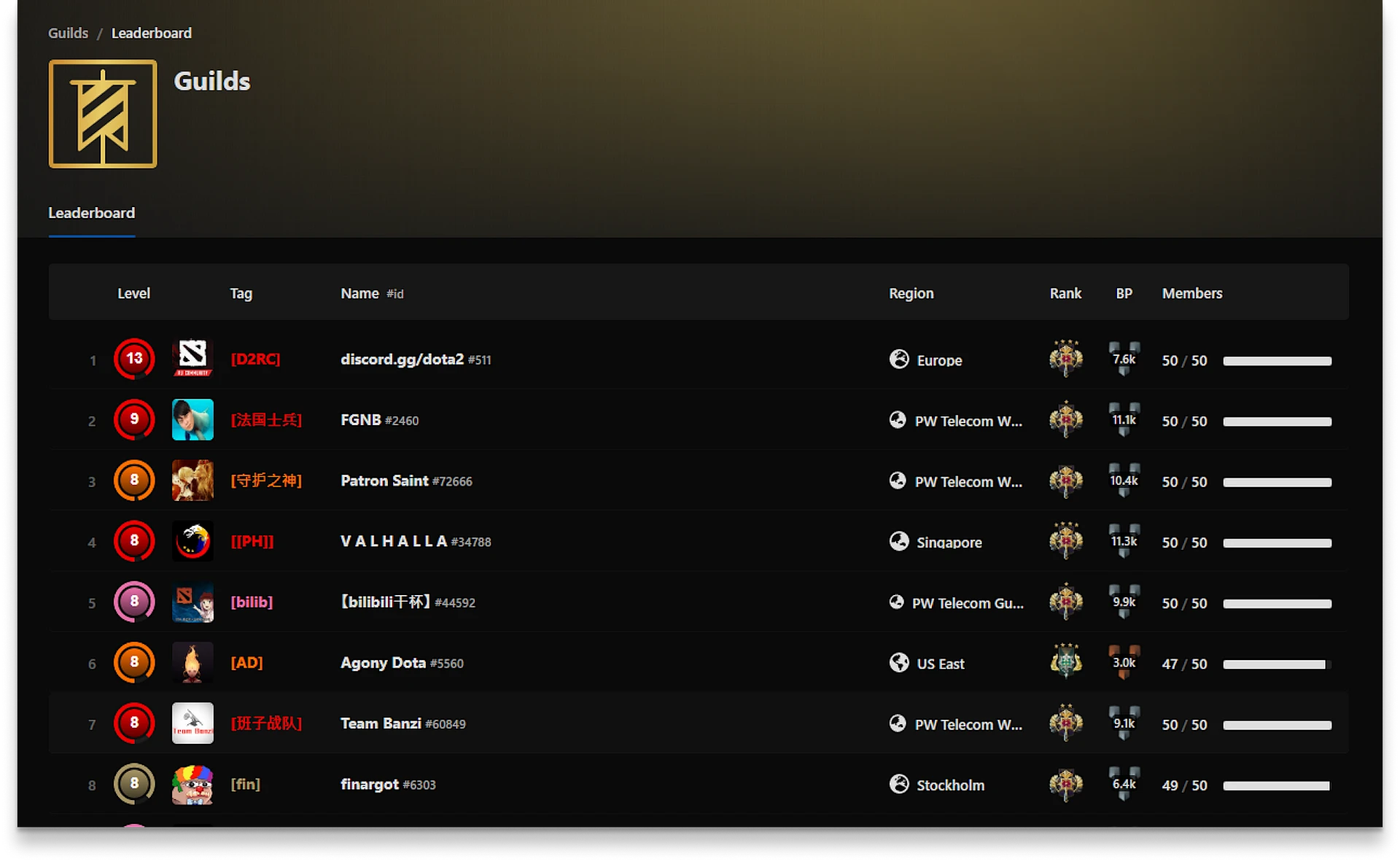
Once you hit Immortal, you’re no longer divided into five sub-tiers. Instead, your position is tied directly to your MMR leaderboard ranking for your specific region (Europe, SEA, NA, etc.).
How It Works
Immortal Cutoff: Generally starts around 5,420 MMR, but the exact number changes by region and season.
Once you qualify, your rank is displayed as Immortal with a leaderboard position number (e.g., “Immortal #82”).
Leaderboards reset alongside seasonal MMR resets, so placement is never permanent.
Pro Player Territory
Most top-tier esports pros, like Ilya "Yatoro" Mulyarchuk (Team Spirit) or players from Tundra Esports and Talon Esports, live in the Immortal Top 100 range.
Matches at this level often feature multiple pros and high-profile streamers in the same game.
Immortal games have the highest stakes in terms of MMR gain/loss. A single win or loss can shift leaderboard spots significantly.
Why Immortal Feels Different
There is a different team drafting system. Two players are randomly selected as captains when the match starts, and they form teams by alternating player picks first. Then drafting heroes proceeds as normal.
Meta picks dominate, and hero experimentation is rare.
Pro Tip: It is harder to study Immortal games now since they're hidden from public view. You can follow Dota 2 streamers on Twitch to see their gameplay live to study, or YouTube videos.
Common Myths About Dota 2 Ranks
The Dota 2 community is full of theories about how to climb, but not all of them hold up. Let’s clear the air.
Myth 1: High KDA = Rank Up
While staying alive helps, the MMR system doesn’t directly reward flashy kill/death stats. You could go 20–2–10 and still lose MMR if your team loses the game. Winning matches is the only guaranteed way to climb.
Myth 2: MMR Only Changes if You Play Core
Not true. Plenty of support players have climbed the ranks by exclusively playing 4 and 5 roles.
Myth 3: All Immortals Are Pro Players
Most pros are Immortal, but not all Immortals are pros. Many leaderboard players are dedicated pub grinders or high-level streamers who never play in official tournaments.
Myth 4: Party Queue Always Hurts Your MMR
While party size can slightly affect matchmaking balance, plenty of players climb faster in stacks thanks to better communication and synergy.
Tip: Focus less on “hidden tricks” and more on consistent gameplay. There’s no magic stat or secret lobby type that bypasses the grind.
Quick Tips for Climbing Ranks Faster
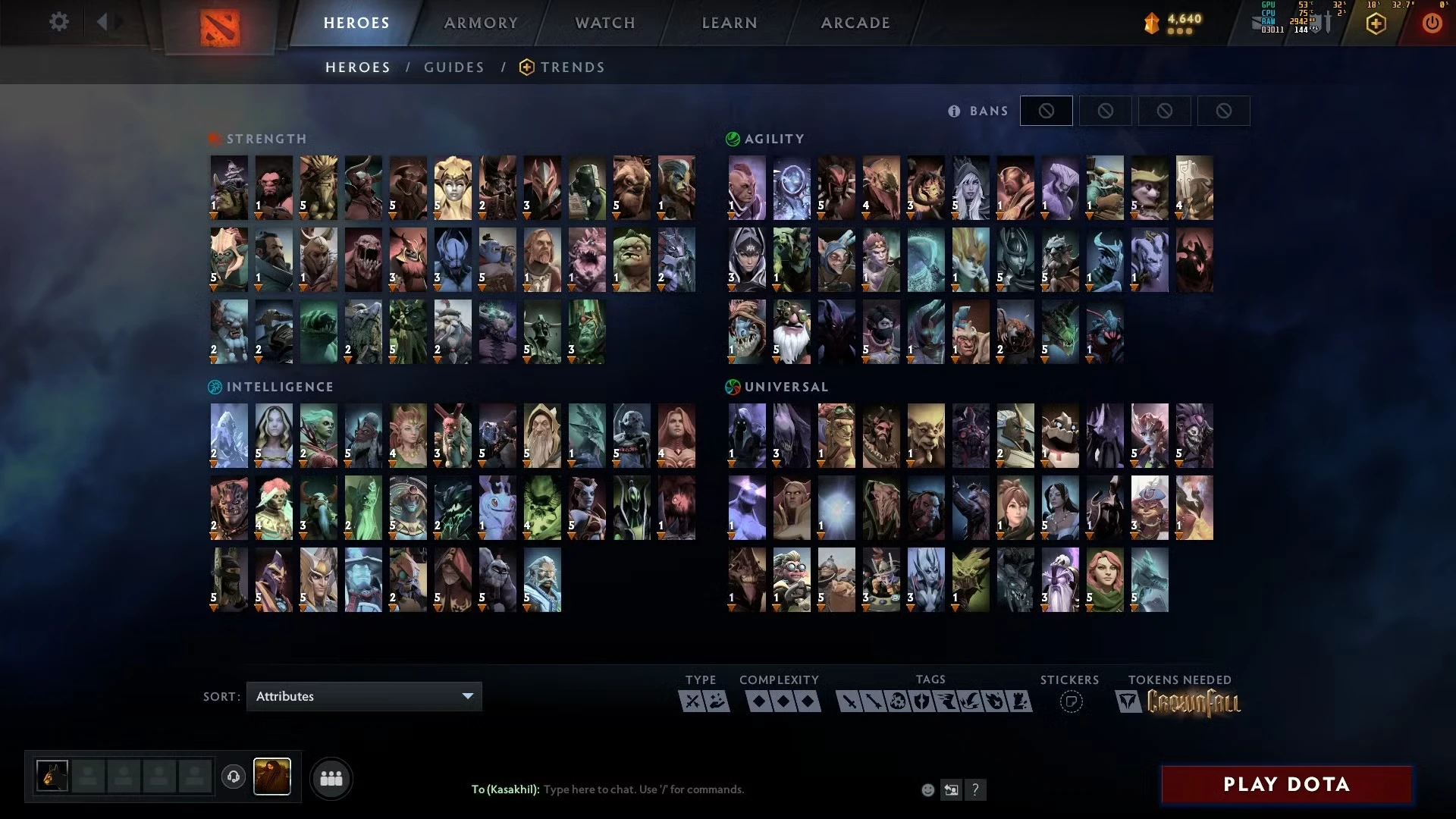
If you’ve already nailed the fundamentals, these small tweaks can make a big difference over time:
Specialize in 3-5 heroes you can play in any matchup.
Warm up with an unranked or bot game before diving into ranked.
Go over your recent replays, or if you want to spend a bit of money, you can try coaching; many content creators or even analysts offer coaching and live sessions.
Ping, don’t type. Fast, clear signals beat slow chat messages.
Win your lane, win the game. Early leads snowball in Dota 2’s current meta.
Smoke gank with purpose. Coordinate around key item timings (e.g., Blink Dagger, BKB).
Track enemy cooldowns. Punish when big ults or defensive items are down.
Queue during your peak focus hours. Avoid late-night “one more game” traps.
Review your own replays to spot repeated mistakes.
Stay adaptable. Meta shifts mean your hero pool may need updating.
Final Whistle on the MMR Grind
Climbing the Dota 2 ranks isn’t just about chasing a shinier medal. It’s about sharpening your skills, learning from every game, and finding your place in one of the most competitive ladders in gaming.
Whether you’re aiming for your first step out of Herald or chasing Immortal leaderboard glory, remember: consistency, teamwork, and adaptability will carry you further than any “secret trick.”
Now go queue up, and may your calibration games treat you kindly.
Dota 2 Ranks: FAQs
What are the ranks in Dota 2?
Dota 2 ranks (lowest to highest) are: Herald, Guardian, Crusader, Archon, Legend, Ancient, Divine, and Immortal. Each rank except Immortal has five divisions.
When do Dota 2 ranks reset?
They no longer reset seasonally or periodically. Players can opt to recalibrate their rank once a year.
What’s the highest possible MMR?
There’s no official hard cap, but top Immortal players can exceed 12,000+ MMR depending on region and season.
Do unranked games affect MMR?
No. Unranked games don’t change your MMR or rank, but they can help you warm up or practice heroes without risking points.
Can you lose rank without playing?
No traditional rank decay exists in Dota 2, but after long breaks, you’ll need to recalibrate, which might place you lower. Your Rank Confidence meter will display when your ranking will disappear. Play more to regain Rank Confidence.
Is Core MMR more important than Support MMR?
MMR in Dota 2 used to be separated between Core and Support, but that is no longer the case.

Wordsmith at SteelSeries. Enthusiastic about Dota 2 and fighting games. A cat dad.